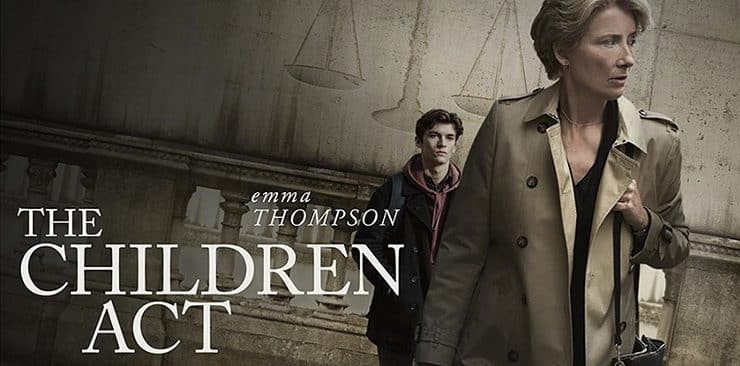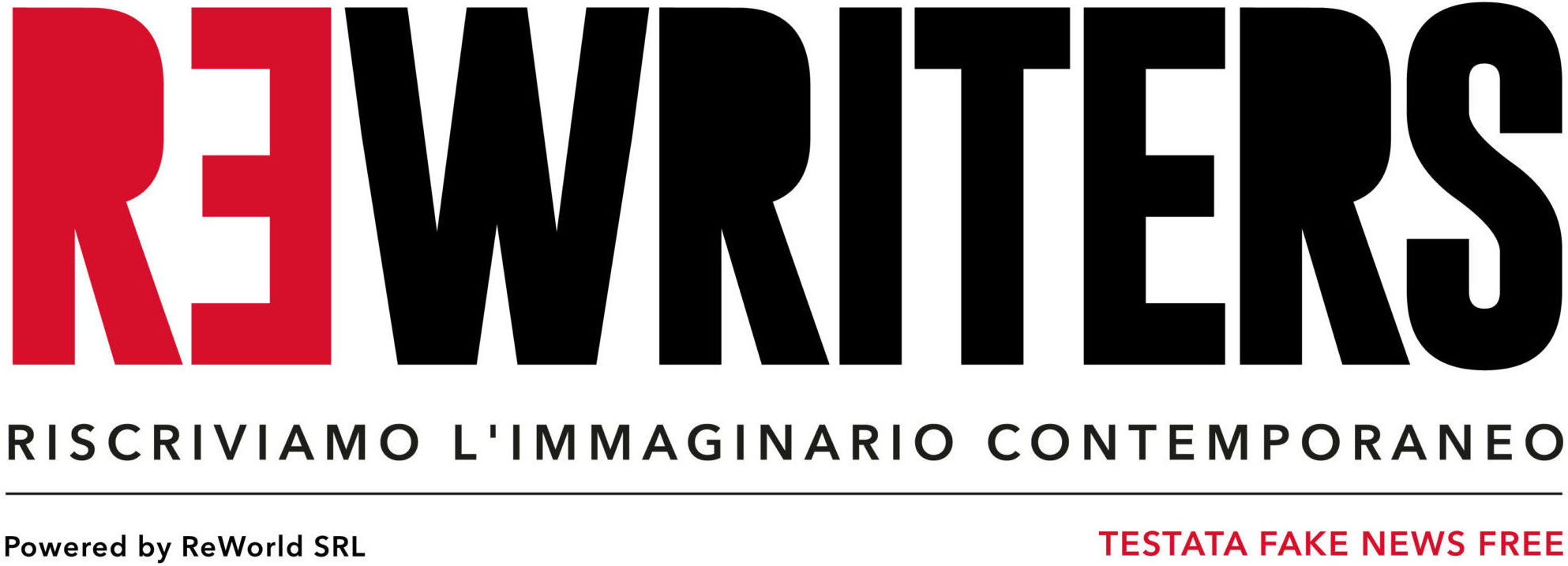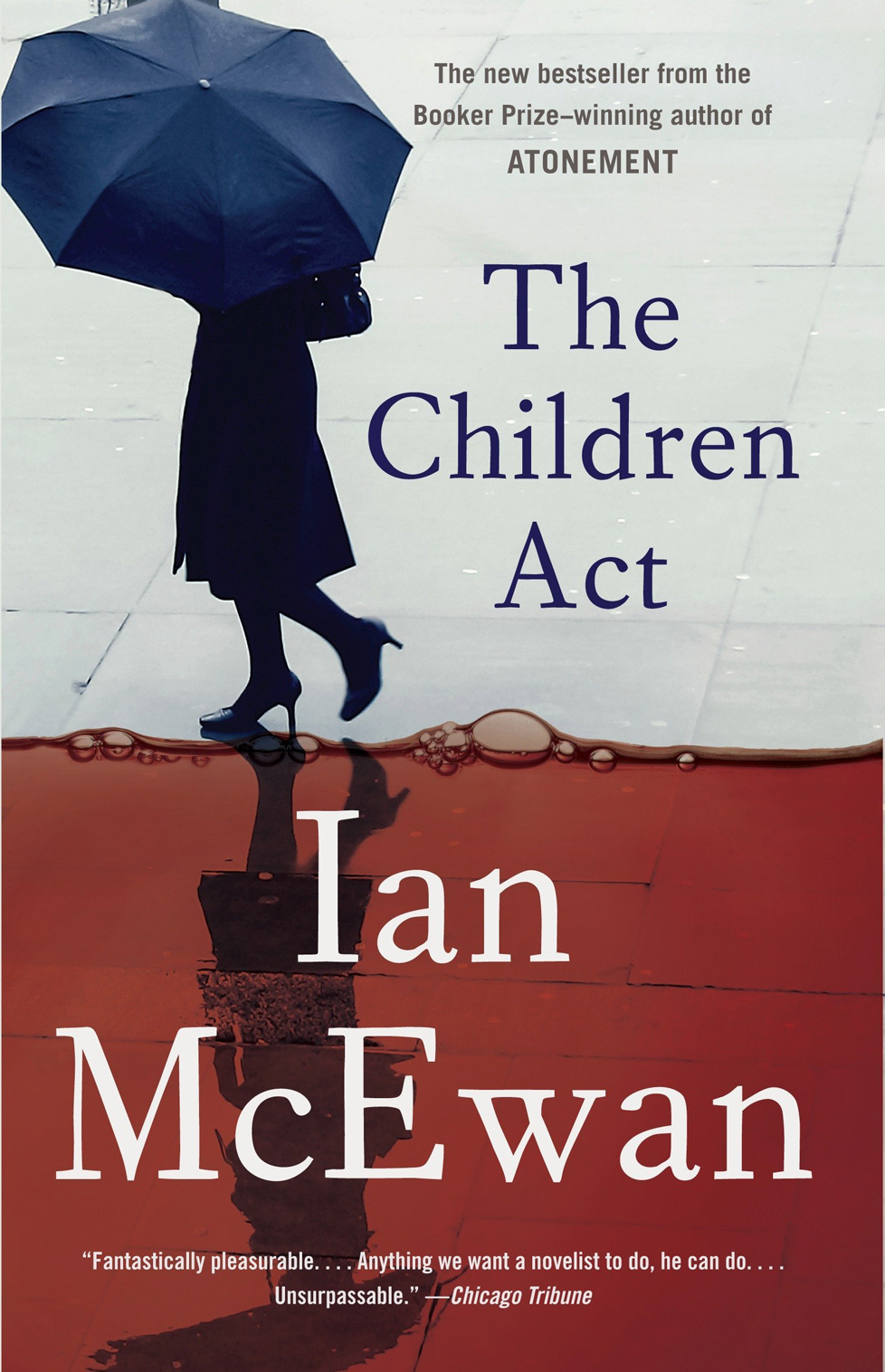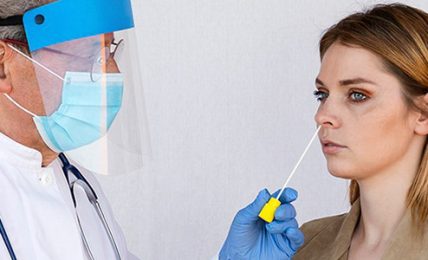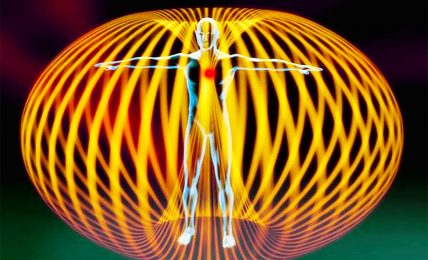Donare il sangue: nell’attesa di un nuovo regolamento europeo, un libro e un film ne sviscerano la dimensione etica e sociale
Donare il sangue è un gesto non solo di altruismo ma anche di collettivismo. Mentre l'Europa ne traccia le linee future, noi ne esploriamo insieme i risvolti socio culturali, etici e religiosi con un libro ed un film straordinari.
